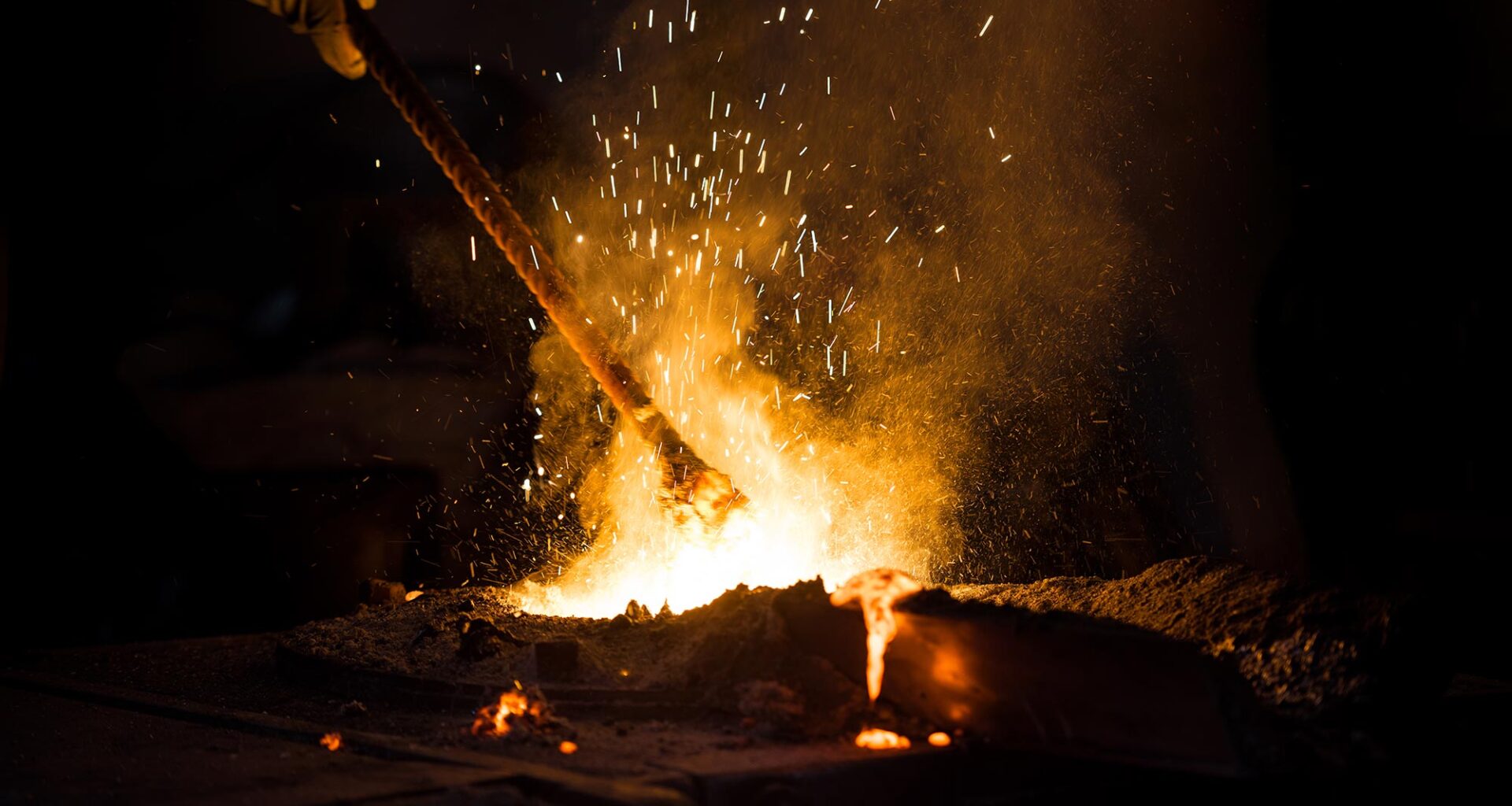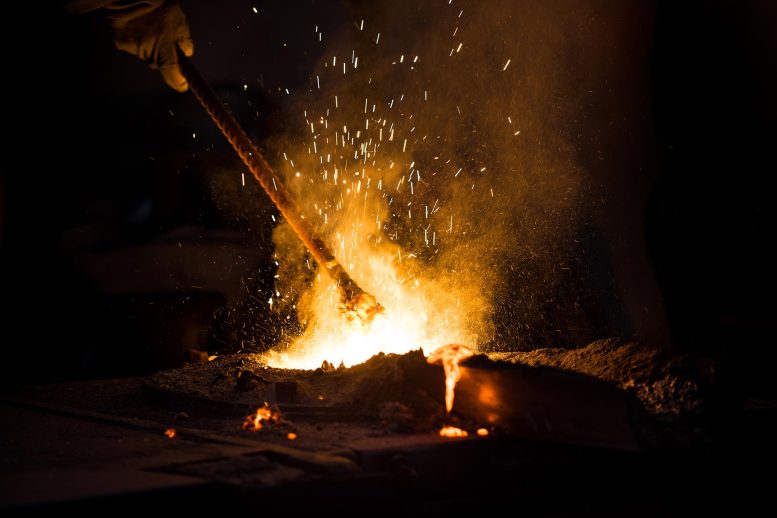 Ancient copper smelters experimenting with iron oxide may have unlocked the secret to iron production. That discovery reshaped human history, fueling the rise of the Iron Age and beyond. Credit: Shutterstock
Ancient copper smelters experimenting with iron oxide may have unlocked the secret to iron production. That discovery reshaped human history, fueling the rise of the Iron Age and beyond. Credit: Shutterstock
Copper smelters once used iron oxide to refine copper, unintentionally advancing the path toward iron metallurgy.
Research conducted at Cranfield University provides new insight into the shift from the Bronze Age to the Iron Age, suggesting that copper smelters experimenting with iron-rich rocks may have unintentionally paved the way for the invention of iron.
The study revisited metallurgical remains from Kvemo Bolnisi, a 3000-year-old smelting site in southern Georgia. When the site was first examined in the 1950s, archaeologists uncovered heaps of hematite (an iron oxide mineral) and slag (the by-product of metalworking). Because of the iron oxides, the original team concluded that the workshop had been used for early iron production.
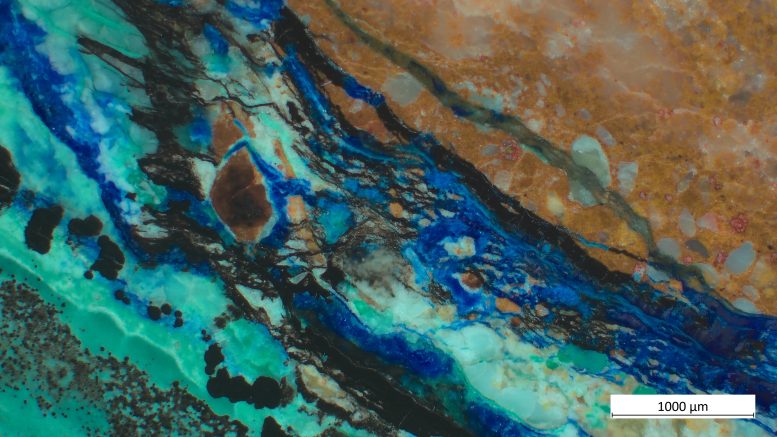 Copper smelters at the site used copper ores that lacked iron. Adding the iron oxide hematite to the furnace helped the copper metal to separate more easily from the impurities in the ore. Credit: Dr. Nathaniel Erb-Satullo
Copper smelters at the site used copper ores that lacked iron. Adding the iron oxide hematite to the furnace helped the copper metal to separate more easily from the impurities in the ore. Credit: Dr. Nathaniel Erb-Satullo
Copper smelting with iron oxides
Recent analysis challenges that interpretation. Instead of producing iron, the smelters at Kvemo Bolnisi were working copper and added iron oxide as a flux, a material that improves efficiency by boosting the amount of copper extracted.
This finding supports the long-standing idea that the origins of iron metallurgy may be traced to copper workers. Evidence now shows that ancient metallurgists deliberately introduced iron-bearing materials into their furnaces, marking a critical stage in the eventual development of iron smelting.
From rare iron to widespread use
Although the Iron Age represents the start of large-scale ironworking, the metal itself was already known in earlier periods. Iron artifacts from the Bronze Age include notable examples such as Tutankhamun’s dagger, which featured a gold and rock crystal hilt with an iron blade. However, these early objects were crafted from metallic iron that had fallen to Earth in meteorites rather than extracted from ore. Because of its scarcity, iron was at that time considered even more precious than gold.
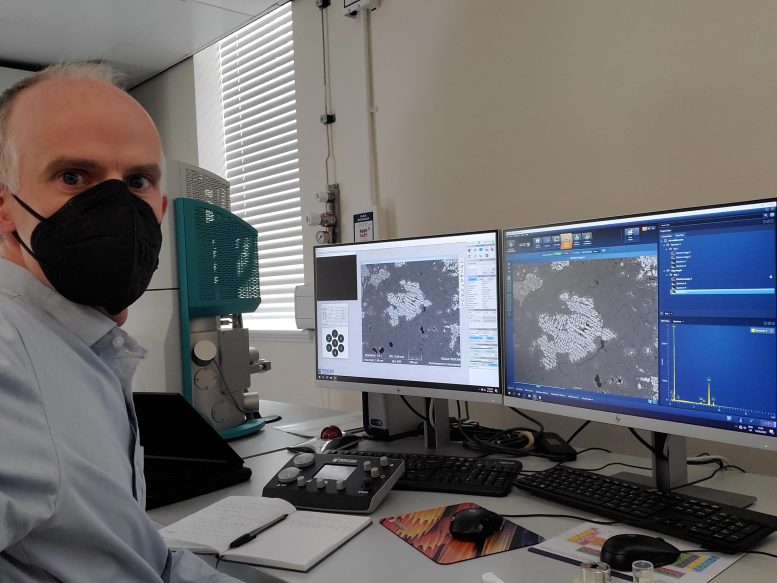 A scanning electron microscope was used to analyze the chemistry, mineralogy, and microstructure of the samples. Credit: Dr. Nathaniel Erb-Satullo
A scanning electron microscope was used to analyze the chemistry, mineralogy, and microstructure of the samples. Credit: Dr. Nathaniel Erb-Satullo
The development of extractive iron metallurgy changed all this. Iron is one of the most abundant elements on Earth, even though naturally occurring iron metal is very rare. The ability to extract iron from iron ore and work it into useful materials such as tools or weapons is one of the defining technological transformations in human history. The transition into the Iron Age was far from instantaneous, but it gave rise to the iron-wielding armies of Assyria and Rome and later the railroads and steel-frame buildings of the Industrial Revolution.
Insights from Kvemo Bolnisi
Dr. Nathaniel Erb-Satullo, Visiting Fellow in Archaeological Science at Cranfield University, said: “Iron is the world’s quintessential industrial metal, but the lack of written records, iron’s tendency to rust, and a lack of research on iron production sites have made the search for its origins challenging.
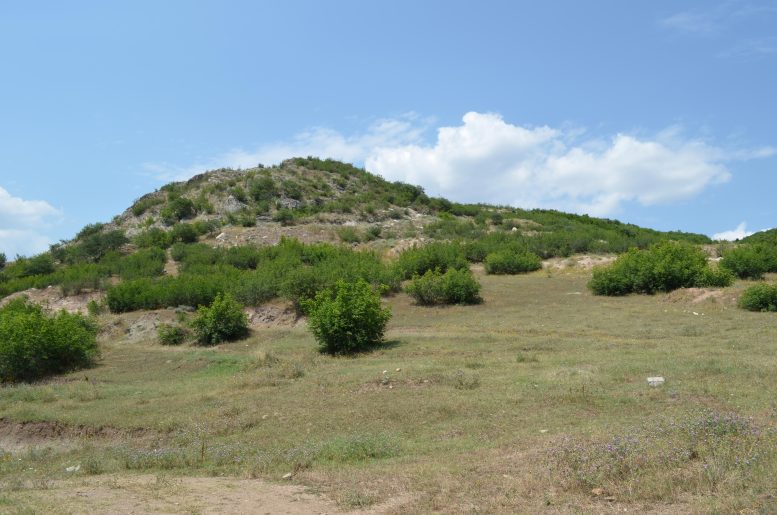 The site, shown here, was originally excavated during the Soviet period and was relocated using hand-drawn maps from a 1964 book. Credit: Dr. Nathaniel Erb-Satullo
The site, shown here, was originally excavated during the Soviet period and was relocated using hand-drawn maps from a 1964 book. Credit: Dr. Nathaniel Erb-Satullo
“That’s what makes this site at Kvemo Bolnisi so exciting. It’s evidence of intentional use of iron in the copper smelting process. That shows that these metalworkers understood iron oxide – the geological compounds that would eventually be used as ore for iron smelting – as a separate material and experimented with its properties within the furnace. Its use here suggests that this kind of experimentation by copper-workers was crucial to the development of iron metallurgy.
“There’s a beautiful symmetry in this kind of research, in that we can use the techniques of modern geology and materials science to get into the minds of ancient materials scientists. And we can do all this through the analysis of slag—a mundane waste material that looks like lumps of funny-looking rock.”
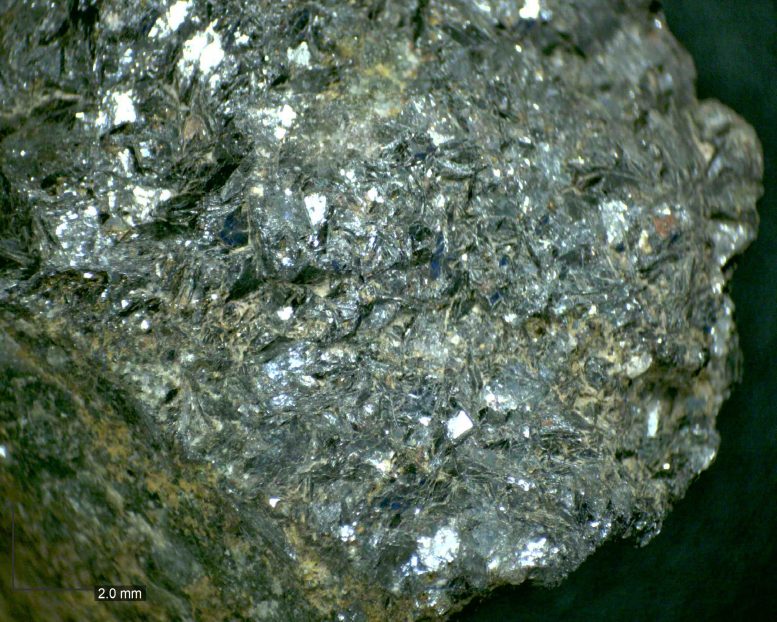 Sparkly hematite mineral was used as a flux by copper smelters. Its distinctive appearance may have helped to attract attention from ancient miners and prospectors. Credit: Dr. Nathaniel Erb-Satullo
Sparkly hematite mineral was used as a flux by copper smelters. Its distinctive appearance may have helped to attract attention from ancient miners and prospectors. Credit: Dr. Nathaniel Erb-Satullo
Reference: “Iron in copper metallurgy at the dawn of the Iron Age: Insights on iron invention from a mining and smelting site in the Caucasus” by Nathaniel L. Erb-Satullo and Bobbi W. Klymchuk, 26 September 2025, Journal of Archaeological Science.
DOI: 10.1016/j.jas.2025.106338
The research was supported by grants from the British Institute of Ankara, the Gerda Henkel Foundation, and the American Research Institute of the South Causcasus.
Never miss a breakthrough: Join the SciTechDaily newsletter.
Follow us on Google, Discover, and News.

